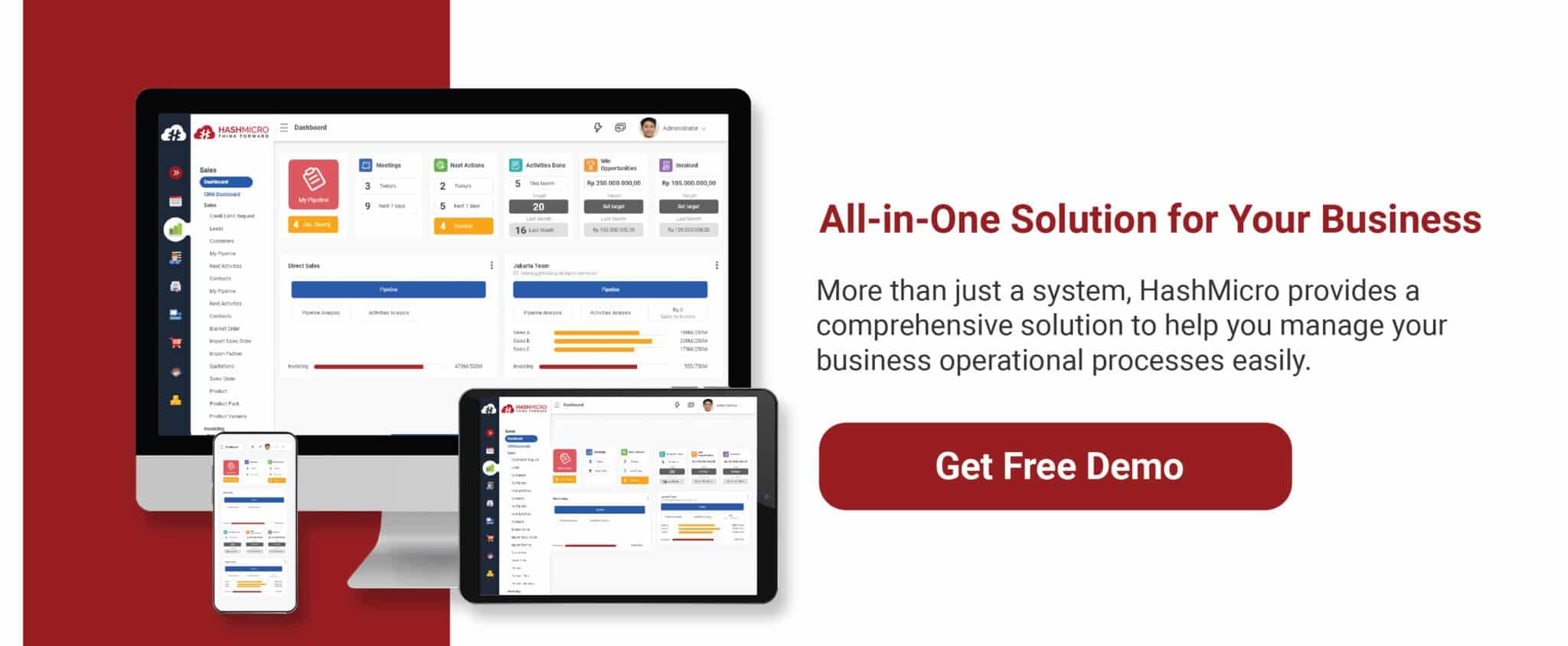Although job costing can provide many benefits to companies, many people are still unfamiliar with this term, even though they have started to become employees. Whereas job costing is important and provides many benefits if applied properly and correctly. The way to do this is by estimating the difficulty of a job because the harder the job, the fewer people who can do it.

Table of Content:
Table of Content
Understanding Job Costing
Job costing or job order costing is a method of calculating cumulative production costs which are then billed to the cost of production units. This is a basic point in the company’s financial management or the main job of management in business accounting activities. This fee also means the same as the cost based on the order. There are many types of costs for collecting and processing financial data.
In addition, it is also useful for calculating the cost of raw materials, labor, and overhead. Activity-based costing is useful for large companies that produce or provide many goods and services. But it can also be useful for other companies such as service companies. Activity-based costing is useful for tracking unit costs and producing more accurate information than other methods. You can also use Supply Chain Management Software to manage materials accurately.
Characteristics of Job Costing
There are several characteristics in companies that are suitable for using job costing, namely:
- Companies with many different positions and specializations
- Companies that offer a wide variety of products and services, or companies that offer special orders to their customers
Of course, if this type of business uses job costing, it will affect the calculation of profits. Therefore, be sure to use the job costing method if your job or company has such characteristics.
Job Costing Benefits
Some of the advantages of using this calculation method are:
- As a consideration for accepting and rejecting orders
- Determine the selling price
- Grouping profit
- Doing tracking of production costs
- As a comparison of profit when an order is completed
- As an evaluation material for each work process
- Comparing actual costs
- Determining production load
- As a trend analysis material
Tips for Applying it
- Identify the selected job as a cost object. To classify costing in the order in which the work you need to do, the work must be identified by the cost object.
- Determine labor costs directly. When determining the cost of production, it is divided into direct production costs, namely direct material costs and direct production labor operations.
- Calculate unit prices based on each cost allocation incurred to assign overhead costs to orders.
- Select a cost allocation base for allocating overhead costs to jobs. Indirect manufacturing costs are costs that you need to fill an order, but which you cannot trace directly to a specific job.
- Calculate the overhead costs associated with your work. The indirect costs of a job are calculated by converting the actual amount of each cost allocation base associated with the job to the ratio of the indirect costs of each cost allocation base.
- Add up the total cost of the job by adding up all direct and indirect costs associated with the job.
Conclusion
Job costing can be difficult when there are too many influencing factors. These difficulties can lead to errors in calculating costs. However, it is very important in a business. Therefore, you must know the definition and how to calculate it. If you don’t know this, your company or business could be at a loss.
To maximize all company activities and operations, especially in calculating any cost in your company, you can use the Accounting System from HashMicro. With an ERP System, you can perform various business activities automatically and make every decision more accurate with the support of sophisticated business management software.
Schedule a free demo now to implement an ERP System in your business immediately.
{ “@context”: “https://schema.org”, “@type”: “FAQPage”, “mainEntity”: [{ “@type”: “Question”, “name”: “What is job costing?”, “acceptedAnswer”: { “@type”: “Answer”, “text”: “Job costing or job order costing is a method of calculating cumulative production costs which are then billed to the cost of production units. This is a basic point in the company’s financial management or the main job of management in business accounting activities. This fee also means the same as the cost based on the order. There are many types of costing for collecting and processing financial data.” } },{ “@type”: “Question”, “name”: “What are the characteristics of job costing?”, “acceptedAnswer”: { “@type”: “Answer”, “text”: “There are several characteristics in companies that are suitable for using job costing, namely: Companies with many different positions and specializations Companies that offer a wide variety of products and services, or companies that offer special orders to their customers” } }] }


































